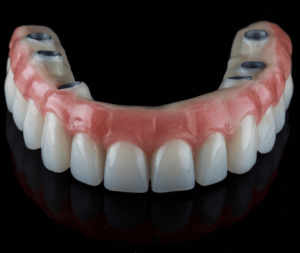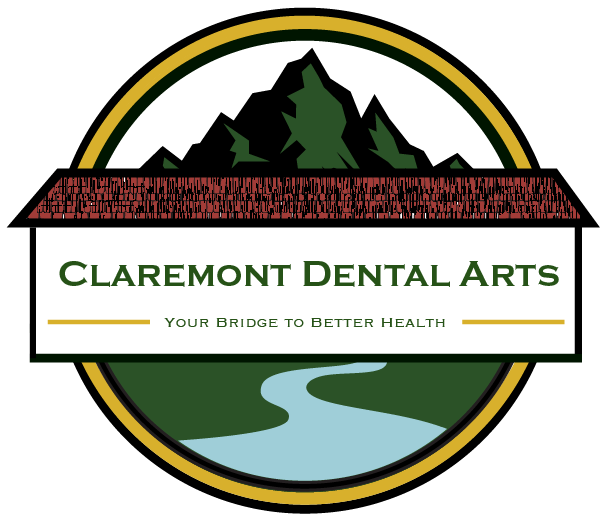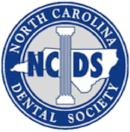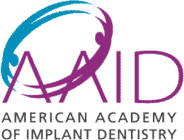
There’s a lot more to dental care than just the teeth and gums–all the supporting structures of the mouth and jaw fall under the purview of dentistry. Caring for these structures can be part of maintaining your smile, which is why dentists and endodontists routinely perform bone grafts. Bone grafting may appear intimidating initially; the procedure involves surgically removing and reshaping bone. However, if we know what to expect before, during, and after the bone grafting process we’ll not only have a better understanding of the procedure, we’ll understand that it is relatively safe, routine, and easy on the patient.
What is Bone Grafting?
Bone grafting involves replacing lost bone with another substance–either natural bone from your body or a donor or an artificial bone substitute. It works like this: the bone graft is shaped to fit into the space that needs to be filled in your natural bone, and then it is carefully implanted to fill the void. It may be covered with a protective membrane to hold it in place and speed the healing process. Once the bone graft material is in place, the body takes care of the rest. By building natural tissue upon the graft material, your body heals the gap and strengthens the surrounding bone.
When Do Dentists and Oral Surgeons Use Bone Grafts?
Even though bone grafts are used in a wide variety of medical disciplines, dental bone grafts are most often used to treat issues regarding the jaw bones. A healthy jaw is necessary for strong teeth, and a stable, healthy smile. So your dentist, endodontist, or periodontist may use a bone graft for any of the following procedures:
- Socket preservation is the most common use of a dental bone graft. A lost or missing tooth may leave an empty socket, which can weaken the jaw and cause the teeth around it to shift. With a bone graft, your dentist can strengthen that jaw section, fill the empty socket, and stabilize the remaining natural teeth.
- Related to socket preservation, ridge augmentation is the bone graft to strengthen and thicken the parts of the jaw the teeth connect with. If teeth have been missing for a long time or the jaw has been otherwise damaged, that bone may get thinner and require a bone graft to regain its strength and size.
- Periodontal bone grafts correct damage done to the jaw by periodontal diseases. As gums recede, they may cause the underlying bone to recede as well. In treating periodontal damage, your dentist or periodontist may employ a bone graft to restore strength and stability to the jaw.
- A sinus lift is one of the most complex uses of a dental bone graft. Part of our sinuses sit just above our rear teeth, and if they are lost the sinuses may shift downward into the space once occupied by the roots of the rear teeth. In this case, your dentist or endodontist may use a bone graft to restore sinus function.
What Happens Before, During, and After a Dental Bone Graft?
Let’s address the big question–what happens before, during, and after a dental bone graft? The process goes something like this. First, your dentist will perform a detailed examination and take X-rays or other images. Once they’ve diagnosed the issue and decided which bone graft procedure to use, they’ll explain your treatment options. When you’ve decided on a course of action, they’ll schedule a time for the procedure and have you come in. Follow all directions from your dentist or other oral health care provider in preparing for the bone graft procedure. It will generally involve carefully creating a slit in the gums, implanting the grafting material into the space where it’s needed, and then closing the opening in the gums.
After the procedure, your recovery time will vary. Most bone graft patients recover quickly. Your dentist or oral surgeon will tell you what to expect, but generally, there’s some swelling and a bit of soreness.
Bone grafts aren’t something to be afraid of–they’re effective procedures that let your dentist correct several problems in a lasting way and allow you to move forward with a healthier, happier smile. However, regular exams and cleaning are required to help you and your dentist stay on top of your oral health care, so get in touch today, and we’ll make an appointment for you!




